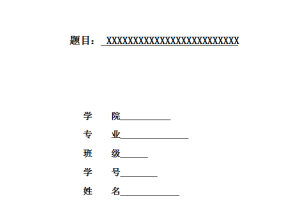中文摘要
习语通常包括成语(idioms)、谚语(proverbs)、俗语(colloquialisms)、俚语(slang)以及典故(allusions)等。英汉习语源于生活,纷繁浩瀚,源远流长,文化信息异常丰富。习语常用形象生动、浅显易懂的语言,准确地描述社会现象、自然法则,高度地阐述人文习俗、思想感情。由于受历史背景、地理环境、宗教信仰和生活习俗等方面文化差异的影响,英汉习语中有些文化信息完全对应,有些部分对应,还有一些无任何对应的关系。为了形神兼备地传递其中的文化信息,在翻译习语时,应当充分了解英汉习语中所含的文化内涵,视具体情况,或英汉对译,或文外加注,或另添字词。本文从多方面比较英汉习语中所体现的文化差异,列举出在英汉习语翻译中常见的方法,如直译、意译等。直译多适用于文化信息完全或部分对应的英汉习语翻译,而意译多用于无对应关系的习语。
关键词:习语、文化差异、翻译
Abstract
Idioms usually include idioms, proverbs, mottoes, colloquialisms, slang and allusions. Large in quantity, long in history and rich in cultural information, both English and Chinese Idioms are deeply rooted in life. Idioms represent the social phenomenon and natural rules accurately with lively and plain words. As far as their underlying cultural information is concerned, some idioms are completely or partial equivalent both in Chinese and in English while some others have nothing in common at all. In order to convey their cultural information fully, faithfully and effectively, we can translate these idioms word for word, give notes or add extra words. This paper explores the cultural differences between Chinese and English Idioms, discusses the influences of cultural differences on the idioms and gives some specific approaches in translation of Chinese and English idioms.
Key Words: Idioms, cultural difference, translation.





